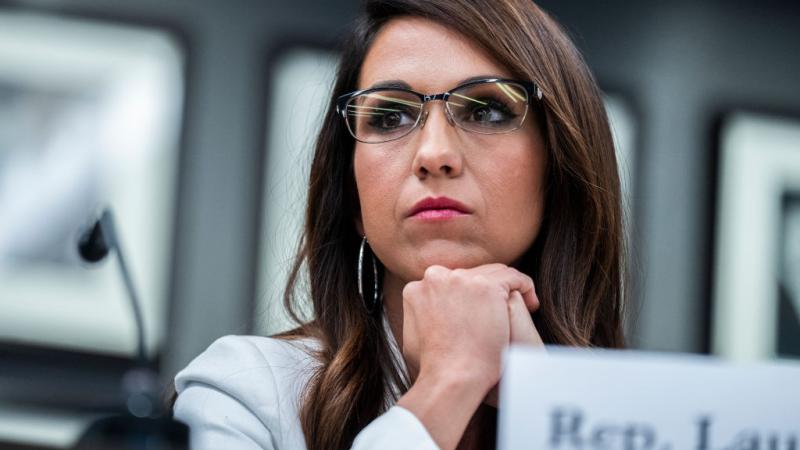Study: Ohio COVID-19 vaccine lottery failed to increase rates
State officials had said vaccination rates received a boost when the lottery was announced. The study, however, said the boost came from expanding age groups eligible for the vaccine.
Giving away millions of federal tax dollars and hundreds of thousands of dollars in college scholarships did nothing to improve Ohio’s COVID-19 vaccination rate, a recent study concluded.
Those results have Democratic leaders saying the state needs to do more to address vaccine hesitancy and deal with what they call root causes of Ohio’s stagnant vaccination rate.
The study, conducted by the Boston University School of Medicine using information from the Centers for Disease Control and Prevention, concluded reports that the state’s Vax-a-Million lottery program increased rates failed to factor in vaccinations expanded to ages 12-15.
State officials had said vaccination rates received a boost when the lottery was announced. The study, however, said the boost came from expanding age groups eligible for the vaccine.
“Our results suggest that state-based lotteries are of limited value in increasing vaccine uptake. Therefore, the resources devoted to vaccine lotteries may be more successfully invested in programs that target underlying reasons for vaccine hesitancy and low vaccine uptake,” said Dr. Allan Walkey, professor of medicine at Boston University and the report’s author.
The study showed similar results to a June report from The Associated Press that said the number of new Ohioans receiving at least the first dose of a COVID-19 vaccine fell by nearly half after the state announced its first $1 million and college scholarship winners.
The state’s current vaccination rate of 48% remains behind the national rate of 55% of people who have received at least one dose of a vaccine. Ohio House Minority Leader Emilia Strong Sykes, D-Akron, said 78% of Ohioans on Medicaid, 69% of Black Ohioans and 72% of Latinx Ohioans have not been vaccinated.
“Vax-a-Million further exposed what we already knew – that we’ve got our work cut out for us, and it will take more than monetary incentives to get the job done,” Sykes said. “We need to target campaigns at higher-risk populations, reduce vaccine hesitancy and boost vaccination rates for the most vulnerable Ohioans.”
Gov. Mike DeWine’s "Vax-a-Million" lottery incentives used unspent federal COVID-19 relief money to fund the five $1 million prizes and the five full college scholarships.
















